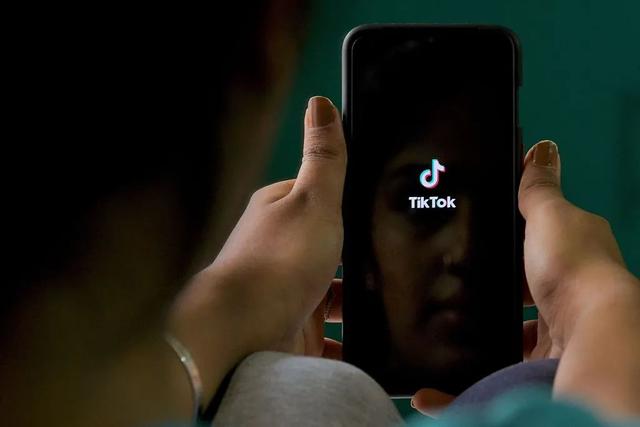
当地时间6月29日,印度信息技术部发布公告,援引相关法律法规,以所谓的“从事的活动有损印度主权和完整、印度国防、国家安全和公共秩序”为由,决定阻止59款中国手机应用程序在印度使用,包括海外版抖音TikTok、微信、微博和UC浏览器等。
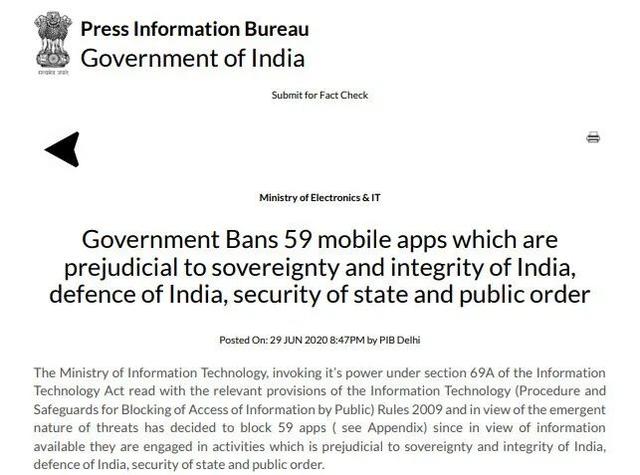
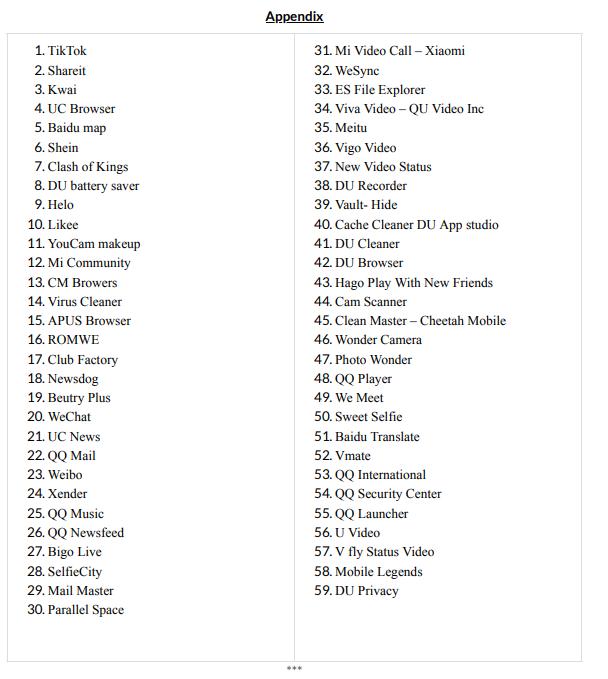 印度网红们“很受伤”
印度网红们“很受伤”
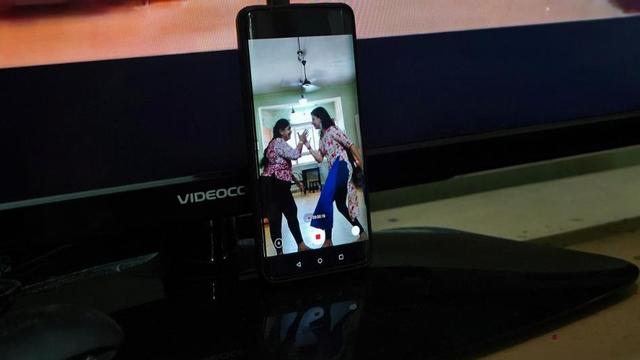
印度禁用TikTok等应用程序的决定,让一些印度网红们觉得失望、不满,吉萨·斯里达尔(Geetha Sridhar)就是其中之一。
54岁的斯里达尔是一位来自印度孟买的家庭主妇。通过在TikTok上发布美食料理视频,她成为了一名粉丝数过百万的网红。

斯里达尔走红后,有不少合作商家找上门,让她在视频中使用他们的产品。通过TikTok视频“带货”,斯里达尔平均每月能获得5万卢布(约合人民币4680元)收入。
和斯里达尔一样,还有很多通过TiKTok平台走红的印度网友。他们凭借各种有趣的短视频内容,一跃成为坐拥数百万粉丝的“大咖”。TikTok不仅为他们带来了名气、收入,还给他们提供了一个展示自我、创作内容的平台。
如今,印度政府“一纸禁令”让他们失去了这个平台。
Geetha Sridhar never used to enter her kitchen in Mumbai without her smartphone. The 54-year-old homemaker used to post dozens of short videos daily on the Chinese video app TikTok, mostly of herself cooking traditional recipes.
With one million TikTok followers, she earned an average 50,000 rupees (about 4,680 yuan) a month from companies who paid her to use their products.
For thousands of Indian content creators like Sridhar, TikTok was a window into fame and fortune. But on Tuesday, the app, owned by China’s ByteDance, went blank on phones across India after the government banned it along with 58 other Chinese-origin apps which it considered a “threat to national sovereignty”, a raucous move against China in the online space since a face-off between the two countries’ forces at the border region last month.
“TikTok made me strong and confident. I started wearing western clothes, dancing on the streets … I am disappointed,” Sridhar said.
在印度“红极一时”的TikTok
TikTok全球累计下载量目前已达到20亿次,其中印度市场占6亿次以上,占比高达30%。印度也成为TikTok开发公司——字节跳动的全球第一大市场。
字节跳动还在印度雇佣了2000多名当地员工,制定了10亿美元的投资计划。
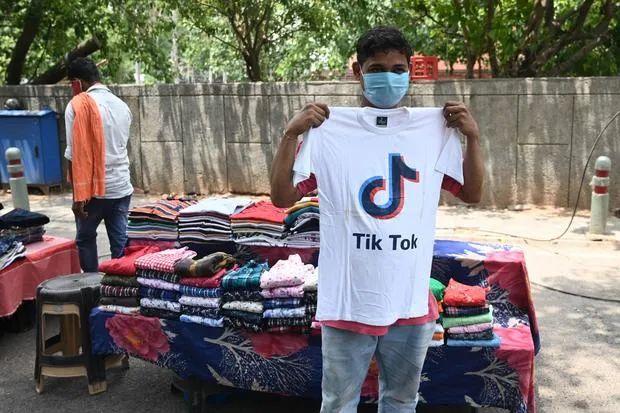
TikToK在印度大受欢迎一定程度上得益于它精准分割了市场,努力吸引城市用户群的同时,更大方拥抱印度农村市场。
和Instagram、Facebook、Twitter等平台相比,TikTok只有视频界面,没有那么复杂,易于使用,这让它在印度农村地区更具吸引力。
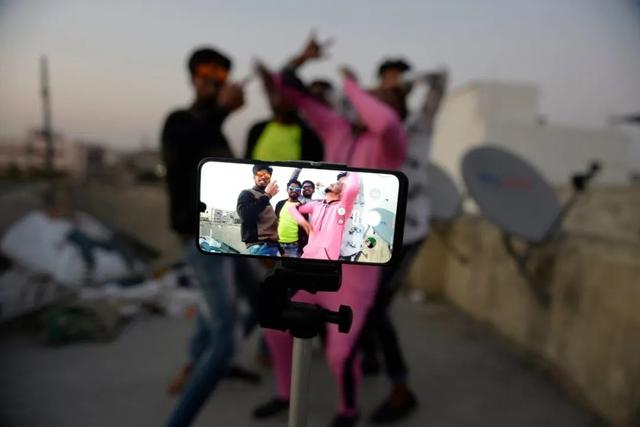
除了吸引大批宝莱坞明星入驻,TikTok也成为了那些渴望成为“社交媒体影响者”(Social Media Influencer)的印度农村青年的首选。一些原本默默无闻的农村青年,通过在TikTok上发布幽默短剧、跳舞片段等短视频内容成为了网红,尝到了“一夜成名”的滋味。
TikTok was a sensation in India. With more than 600 million downloads, India accounted for 30 percent of its 2 billion downloads worldwide. ByteDance planned to invest one billion U.S. dollars in India, its top growth market where it employs 2,000 people.
Unlike Instagram, Facebook and Twitter, TikTok found resonance in India’s hinterland as well as its cities, thanks to its less elaborate user interface, background music options and various special effects. Users – who ranged from top Bollywood stars to people in remote villages who became mini-celebrities – posted a wide variety of content.
“本土替代产品”下载量激增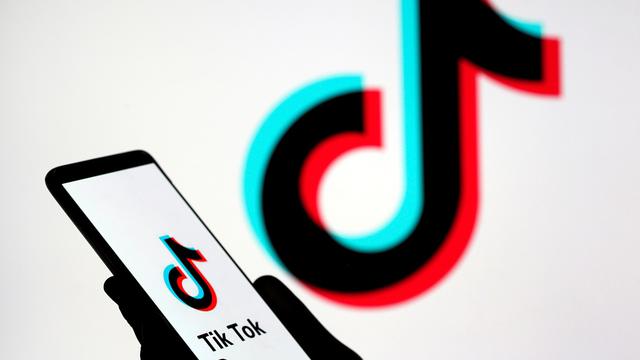
在TikTok 被列上政府“禁用清单”后,一些TikTok博主发布视频内容表达了不满,声称印度政府的这一做法让“他们一夜之间失去了所有。” 还有一些则宣布“转战”Instagram 和 YouTube平台,以防止粉丝流失。
而很多TikTok用户则在积极寻找“本土替代品”,这使得印度本土视频应用程序Roposo和Chingari的下载量激增。
Chingari应用的联合创始人苏米特·戈什(Sumit Ghosh)6月30日还发推特表示,产品服务器因下载量过大而崩溃。
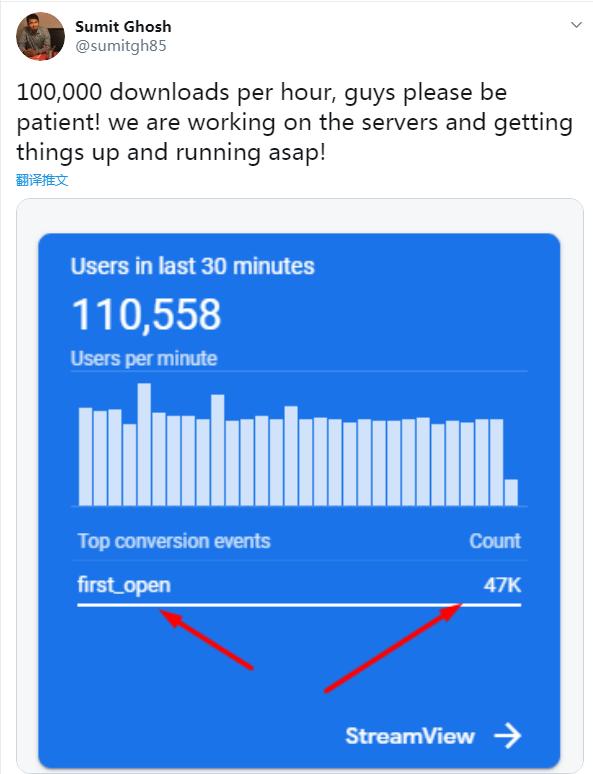
“每小时下载10万,请耐心等待!我们正在调试服务器,会尽快启动并运行!”
After India imposed the ban but just before the app went blank, many TikTok users posted videos expressing their displeasure. Some told their followers to track their future posts on YouTube or Instagram.
Indian video-creation apps like Roposo, described on Google’s app store as “India’s own video app”, and another named Chingari are likely to see a popularity surge after the TikTok ban.
中方回应:印度此举涉嫌违反WTO相关规则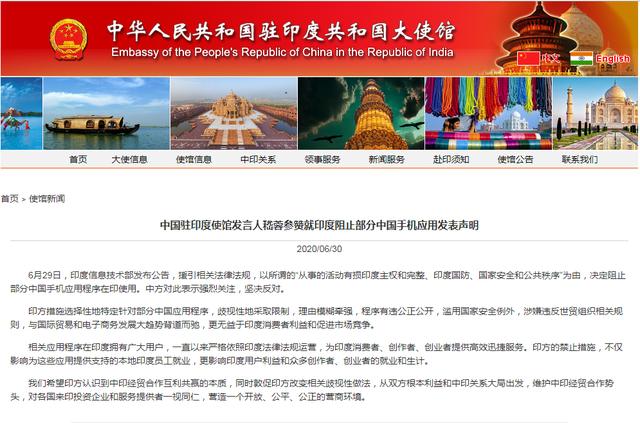
针对“印度阻止使用部分中国手机应用”一事,中国驻印度使馆6月30发表声明表示强烈关注,坚决反对。
声明指出,印方措施选择性地特定针对部分中国应用程序,歧视性地采取限制,理由模糊牵强,程序有违公正公开,滥用国家安全例外,涉嫌违反世贸组织相关规则,与国际贸易和电子商务发展大趋势背道而驰,更无益于印度消费者利益和促进市场竞争。声明还敦促印方营造一个开放、公平、公正的营商环境。
China said on Tuesday that India’s move to ban 59 Chinese-origin mobile apps could be a breach of World Trade Organization (WTO) rules, and urged New Delhi to create an open and fair business environment.

